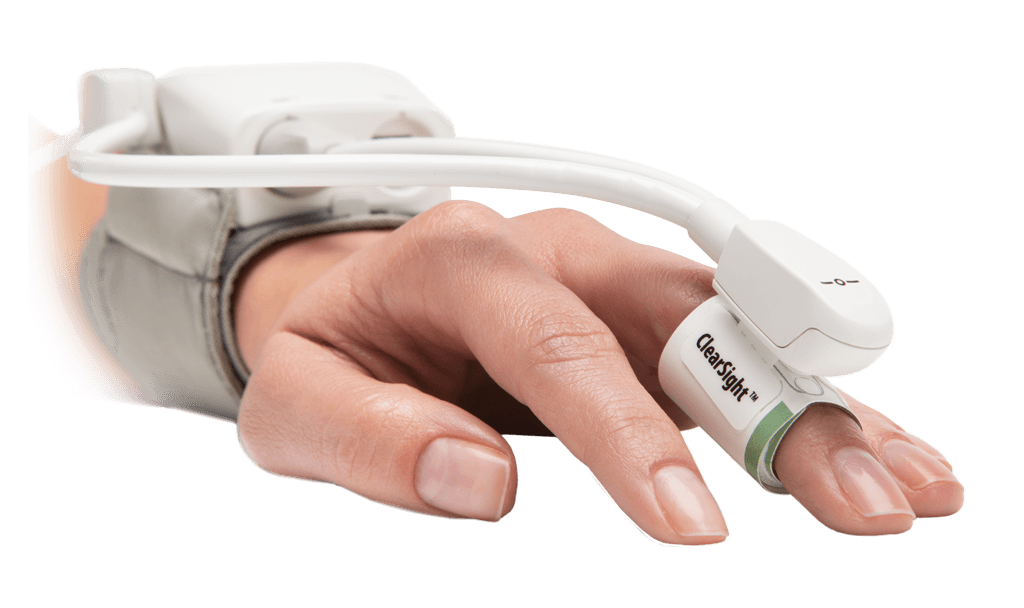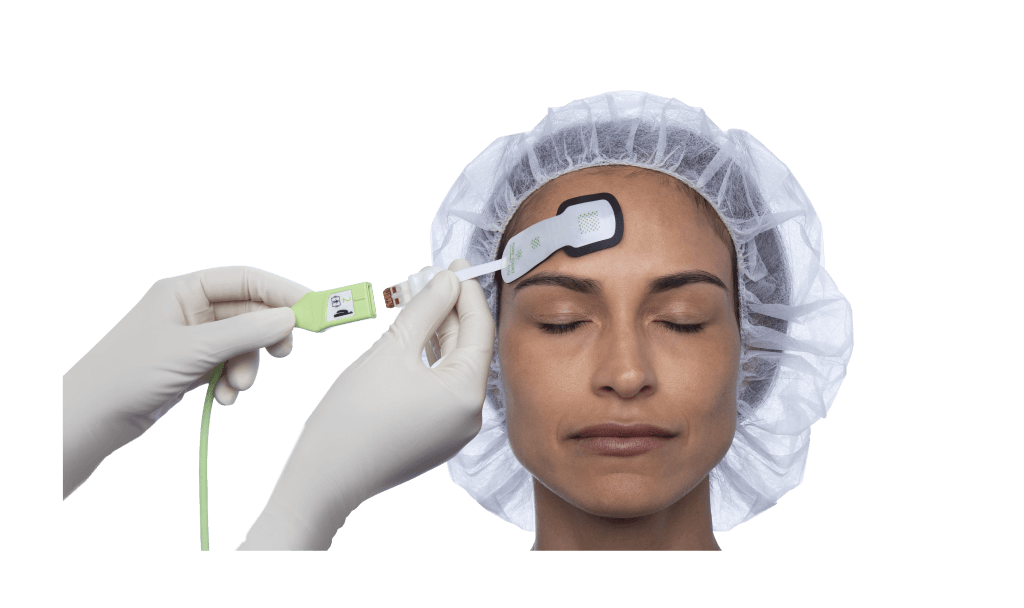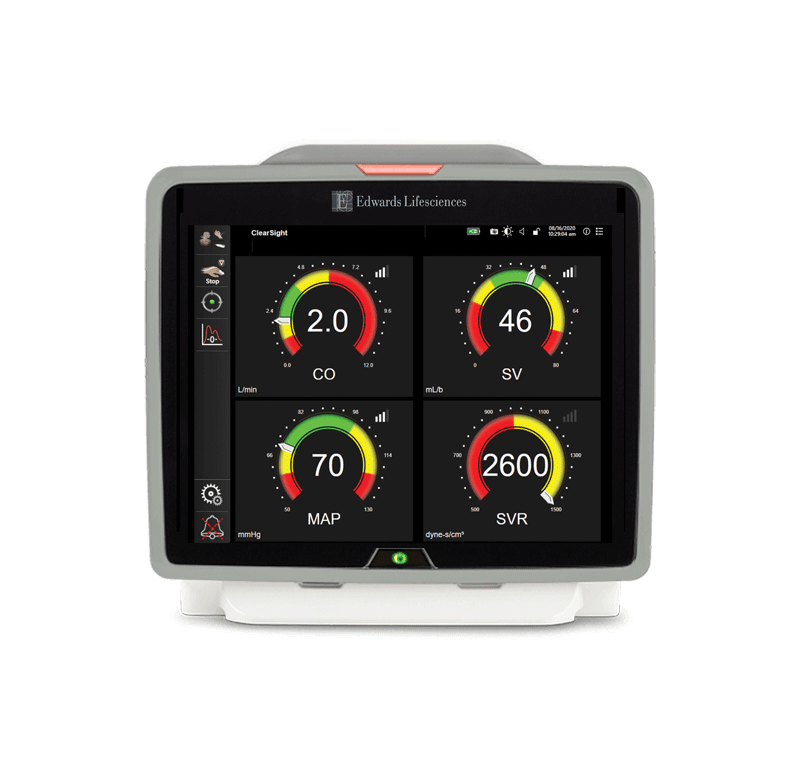Équipes d’anesthésie

Anticipez les moments critiques
Aujourd’hui, vous êtes confronté à une population de patients de plus en plus complexe. La plate-forme de surveillance avancée HemoSphere offre une vue complète de l’oxymétrie tissulaire et de l’hémodynamique, vous permettant de connaître en toute confiance la saturation en oxygène et la perfusion en continu.
Depuis plus de 50 ans, Edwards Lifesciences vous aide à prendre des décisions cliniques proactives et à faire progresser les soins aux patients opérés et aux patients souffrant de maladies graves tout au long du parcours de soins.
Gestion de l’hypotension
L’hypotension peropératoire a de l’importance. Les études montrent des liens entre l’hypotension peropératoire et le risque accru d’insuffisance rénale aiguë (AKI), de lésions myocardiques et de mortalité.1-3 Les expositions prolongées en dessous des seuils de pression artérielle moyenne (MAP) de 65 mmHg sont associées à un risque accru de lésions myocardiques et d’AKI après une chirurgie non cardiaque.1
Produits associés


Logiciel Acumen Hypotension Prediction Index (HPI)
Le logiciel Acumen HPI est efficace pour détecter l’instabilité hémodynamique et réduire considérablement l’hypotension peropératoire.*4
*Comparé à un groupe de contrôle historique rétrospectif, chez des patients ayant subi une chirurgie non cardiaque et nécessitant une surveillance par ligne artérielle.
Gestion des perfusions
La surveillance hémodynamique avancée donne accès à des paramètres de pression et de débit continus, ce qui vous offre des renseignements précieux sur l’adéquation de la perfusion. Les paramètres dynamiques peuvent aider à identifier la thérapie la plus appropriée, par exemple en aidant à décider entre l’administration de volume ou l’administration de vasopresseurs ou d’inotropes.
Produits associés


Manchon ClearSight
Le manchon de doigt ClearSight fournit des paramètres hémodynamiques avancés et une surveillance en continu de la pression artérielle (BP) de manière non invasive.Grâce à une surveillance continue, le brassard ClearSight peut vous aider à optimiser la perfusion par le biais de la gestion hémodynamique.
CO/CI | SV/SVI | SVV | PPV | SVR/SVRI | SYS/DIA/MAP
Réduire les désaturations cérébrales
La recherche a constamment montré que les désaturations cérébrales sont courantes dans un large éventail d’interventions chirurgicales et de populations de patients, et qu’elles peuvent entraîner des complications significatives lorsqu’elles ne sont pas traitées, notamment une augmentation de la durée du séjour à l’hôpital et aux soins intensifs.5-12 En comprenant l’incidence, les risques et les interventions disponibles pour y remédier, vous pouvez être en mesure d’identifier et même d’inverser les désaturations cérébrales.
Produits associés

Capteur d’oxymétrie tissulaire ForeSight
Le système ForeSight fournit des valeurs absolues de StO2 qui, lorsqu’elles sont utilisées en combinaison avec les informations hémodynamiques complètes fournies par la plate-forme de surveillance avancée HemoSphere, vous permettent de reconnaître et de traiter en toute confiance les désaturations cérébrales.
Références
- Salmasi V, et al. Relationship between Intraoperative Hypotension, Defined by Either Reduction from Baseline or Absolute Thresholds, and Acute Kidney and Myocardial Injury after Noncardiac Surgery: A Retrospective Cohort Analysis. Anesthesiology. Janvier 2017 ;126(1):47-65.
- Mascha EJ, et al. Intraoperative Mean Arterial Pressure Variability and 30-day Mortality in Patients Having Noncardiac Surgery. Anesthesiology. Juillet 2015;123(1):79-91.
- Wijnberge M, et al. Association of intraoperative hypotension with postoperative morbidity and mortality: systematic review and meta-analysis. BJS Open. 8 janvier 2021;5(1):zraa018.
- U.S. Food and Drug Administration. 2021. K203224 510k Summary, Acumen Hypotension Prediction Index
- Yao FSF, et al. Cerebral oxygen desaturation is associated with early postoperative neuropsychological dysfunction in patients undergoing cardiac surgery. J Cardiothorac Vasc Anesth. 2004;18(5):552-558.
- Murkin JM, et al. Monitoring brain oxygen saturation during coronary bypass surgery: a randomized, prospective study. Anesth Analg. 2007;104(1):51-58.
- Schön J, et al. Cerebral oxygen saturation monitoring in on-pump cardiac surgery – A 1 year experience. Appl Cardiopulm Pathophysiol. 2009;13: 243-252.
- de Tournay-Jetté, et al. The relationship between cerebral oxygen saturation changes and postoperative cognitive dysfunction in elderly patients after coronary artery bypass graft surgery. Cardiothorac Vasc Anesth. 2011;25(1):95-104.
- Deschamps A, et al. Reversal of decreases in cerebral saturation in high-risk cardiac surgery. J Cardiothorac Vasc Anesth. 2013;27(6):1260-1266.
- Greenberg SB, et al. Cerebral desaturation events in the intensive care unit following cardiac surgery. J Crit Care. 2013;28(3):270-276.
- Deschamps A, et al. Cerebral oximetry monitoring to maintain normal cerebral oxygen saturation during high-risk cardiac surgery: a randomized controlled feasibility trial. Anesthesiology. 2016;124(4):826-836.
- Subramanian B, et al. A multicenter pilot study assessing regional cerebral oxygen desaturation frequency during cardiopulmonary bypass and responsiveness to an intervention algorithm. Anesth Analg. 2016;122(6):1786-1793.

